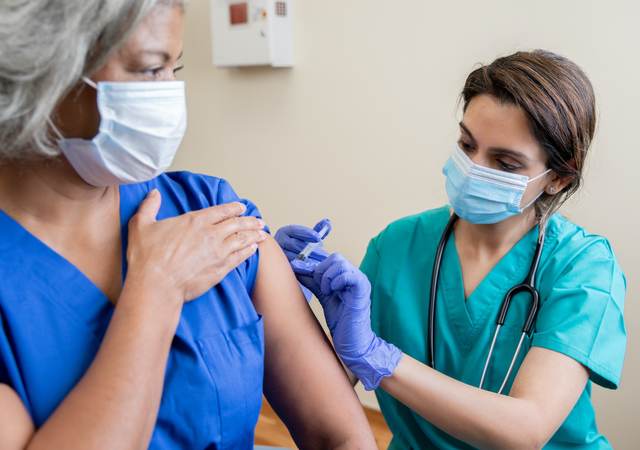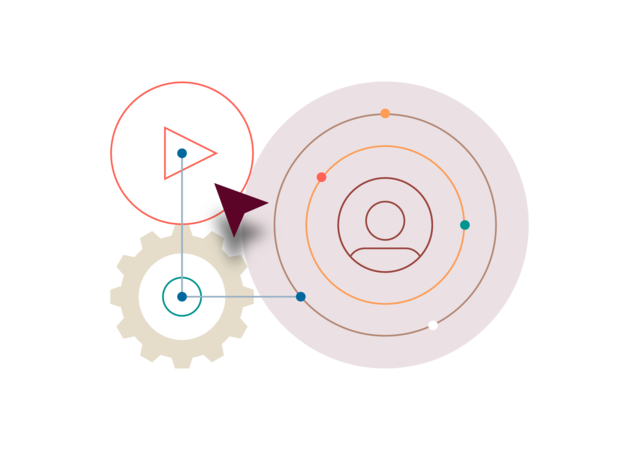For companies in the life science industry, maintaining compliance can hold many challenges, from adherence to Current Good Manufacturing Practice (cGMP), local and international rules and regulations, to managing the pressures of changing labour markets worldwide.
In addition, organizations need to ensure compliance with ever-evolving industry regulations and standards, making a clear path towards achieving compliance a challenging but crucial task.
Organizations using digital tools and automated processes, or in transition to electronic systems, must understand the EU’s guidelines, Annex 11 and the U.S. Food and Drug Administration’s 21 CFR Part 11. Both documents aim to facilitate Good Manufacturing Practice (GMP) and have been designed to help ensure the compliance and quality of computerized data systems in the life science industry.
What is cGxP, and how does it drive compliance?
Current Good Practice, otherwise known as cGxP or GxP, refers to regulations enforced by the FDA to help make sure that life science products are manufactured, processed and packaged according to requirements that promote the production of safe and effective products. The letter x represents various practices among life science disciplines, including Current Good Manufacturing Practice (cCMP). The word current acknowledges that best practices are constantly evolving and requires companies to always use the latest technology and systems.
Together, all GxP guidelines and regulations insist companies take charge of their processes to produce safe end products. Following GxP is essential to protecting a company’s market access, current and future business, and supplier status. GxP is enforced by several agencies and government bodies globally, including the FDA. Each entity monitors and enforces GxP compliance through certification requirements, inspections and unannounced audits.
If you decide to go the route of establishing a digital quality management system for assessing compliance with GxP regulations, you also need to make sure that your solution has a high level of digital authentication required by 21 CFR Part 11.
21 CFR Part 11 and EU Annex 11
What is 21 CFR Part 11?
21 CFR Part 11 addresses the use of technology in quality systems. Life science companies that implement electronic records or electronic signatures must adhere to 21 CFR Part 11. Part 11 outlines the FDA’s controls for ensuring that electronic signatures and records are trustworthy and equivalent to paper-based records. If you choose to use electronic records instead of paper, Part 11 applies. Though this may sound daunting, the FDA expectations and regulations for electronic systems echo the requirements for paper-based documentation systems.
What does compliance with 21 CFR Part 11 entail?
21 CFR Part 11 is comprised of three parts.
The General Provisions section serves as an introduction. It addresses Part 11’s scope and implementation and provides key definitions pertaining to 21 CFR.
The Electronic Records section details the procedures and controls applicable to electronic records. These requirements apply to anyone who uses electronic systems to create, modify, maintain or transmit electronic records and aim to ensure the records’ authenticity, integrity and confidentiality as applicable.
The Electronic Signatures section outlines their requirements. The controls listed in this section are meant to ensure the authenticity and validity of electronic signatures to be the legal equivalent of the signer’s handwritten signature.
What is EU Annex 11?
Annex 11 is a supplementary document to the 27-member states’ GMP rules. Its intention is similar to the FDA’s Part 11. Companies that plan on conducting business in the EU should look to this set of guidelines to help ensure that there is no loss in product quality, process control or quality assurance in instances where an electronic system replaces a manual operation. Annex 11 applies to all computerized systems that are used in GMP regulated activities.
What is the scope of Annex 11?
Annex 11 consists of three sections.
The first section of Annex 11 provides general guidance on several key topics. It details best practices for managing risks, personnel responsibilities, and working with third-party suppliers and service providers.
The second part of Annex 11 provides more detailed guidelines for the project phase. It outlines best practices for validation and specifies what should be included in validation documentation.
Annex 11’s third segment covers best practices for the operational phase, including guidance on data management and security as well as risk minimization for computerized systems. Like 21 CFR Part 11, Annex 11 provides measures for ensuring the validity of electronic signatures assigning the same weight to them as hand-written signatures.
Why comply with EU Annex 11?
Though Annex 11 is not a legal requirement, following its guidance is essential to compliance with related EU regulations. Aligning with Annex 11 can help make certain that the use of computers in the pharmaceuticals manufacturing process does not elevate quality, product and efficacy risks.
How the right LMS can help you achieve compliance
A well-designed Learning Management System (LMS) can help you ensure that your system addresses the stringent needs of 21 CFR Part 11 and EU Annex 11. Life science LMS solutions facilitate the management of training activities, learner proficiency and compliance status, thereby mitigating financial risks stemming from non-compliance, quality deficiencies, poor policy distribution management and inadequate training record management.
However, not every LMS is built to support companies working in a regulated industry. The right LMS will deliver the features needed to help ensure that all quality and compliance training requirements are met. An LMS with the functionality required to meet U.S. and EU electronic recordkeeping requirements can help reduce compliance pressure on the QA team and the risk of greater scrutiny during internal and external audits.
Moving from compliance to competitive competence
What about companies that don’t just want to be compliant but competitive in an increasingly volatile and global business environment? Organizations seeking to develop a flexible, highly skilled and technically adept workforce must consider moving beyond compliance.
Many organizations can obtain and maintain regulatory compliance, but few are able to translate regulatory compliance into a measurement of individual or organizational competence. Organizations with a skilled and agile workforce have a distinct competitive advantage. Knowing your workforce’s skills and abilities can help you understand how to leverage personnel based on their skill level to maximize quality and throughput.
The ability to gauge and measure your team's technical skills and understanding can enable you to plan for the long term, assess workforce preparedness, and conduct employee-gap analysis.
The solution to this is an operational skills management solution. Operational skills management is an approach that includes identifying, preparing, and retaining technical talent within an organization through a combination of training and skills-gap assessment.
Top-performing organizations recognize the advantages of employing tools and processes specifically designed to measure, monitor and track technical talent.
The first step to creating an operational skills management program is defining the competencies or qualifications for critical job roles in competency mapping. After competencies are identified for each job, they can be assigned to specific roles.
Ideally, organizations should map identified technical competencies to existing courses within their LMS. Top-performing organizations recognize the advantages of employing tools and processes specifically designed to measure, monitor and track technical talent. Organizations should build on the foundation of their LMS to create an effective role-based, technical-skills training infrastructure.
How UL’s ComplianceWire® can help
UL’s ComplianceWire️ is the industry-leading compliance training Learning Management System (LMS) specializing in life science organizations and is compliant with 21 CFR Part 11 and EU Annex 11 validation requirements. This time-tested technology for the life science industry, is used extensively by U.S. and global pharmaceutical, medical device and biologics companies as well as global regulatory authorities in the U.S., China, Brazil and India.
Since 1999, ComplianceWire and UL’s life science e-learning courses, have been the FDA’s trusted learning solution to train more than 40,000 global, federal, state and local investigators. The agency chose the
ComplianceWire platform as their training solution, ORA-U, the virtual university for FDA’s Office of Regulatory Affairs (ORA) infrastructure, to ensure the proficiency of their investigators under a unique cooperative research and development agreement (CRADA). This solution integrates the ComplianceWire web-based platform with curricula UL co-developed with the FDA.
The same technology platform and coursework used by the FDA to train its inspectors and investigators in its virtual university are available exclusively to UL customers.
iKapp, Karl M. "From regulatory compliance to competitive competence," 2021.
ivFood and Drug Administration, "Current Good Manufacturing Practice CGMP Regulations," 2020.
vEuropean Commission, "Annex 11: Computerized Systems," 2011.




